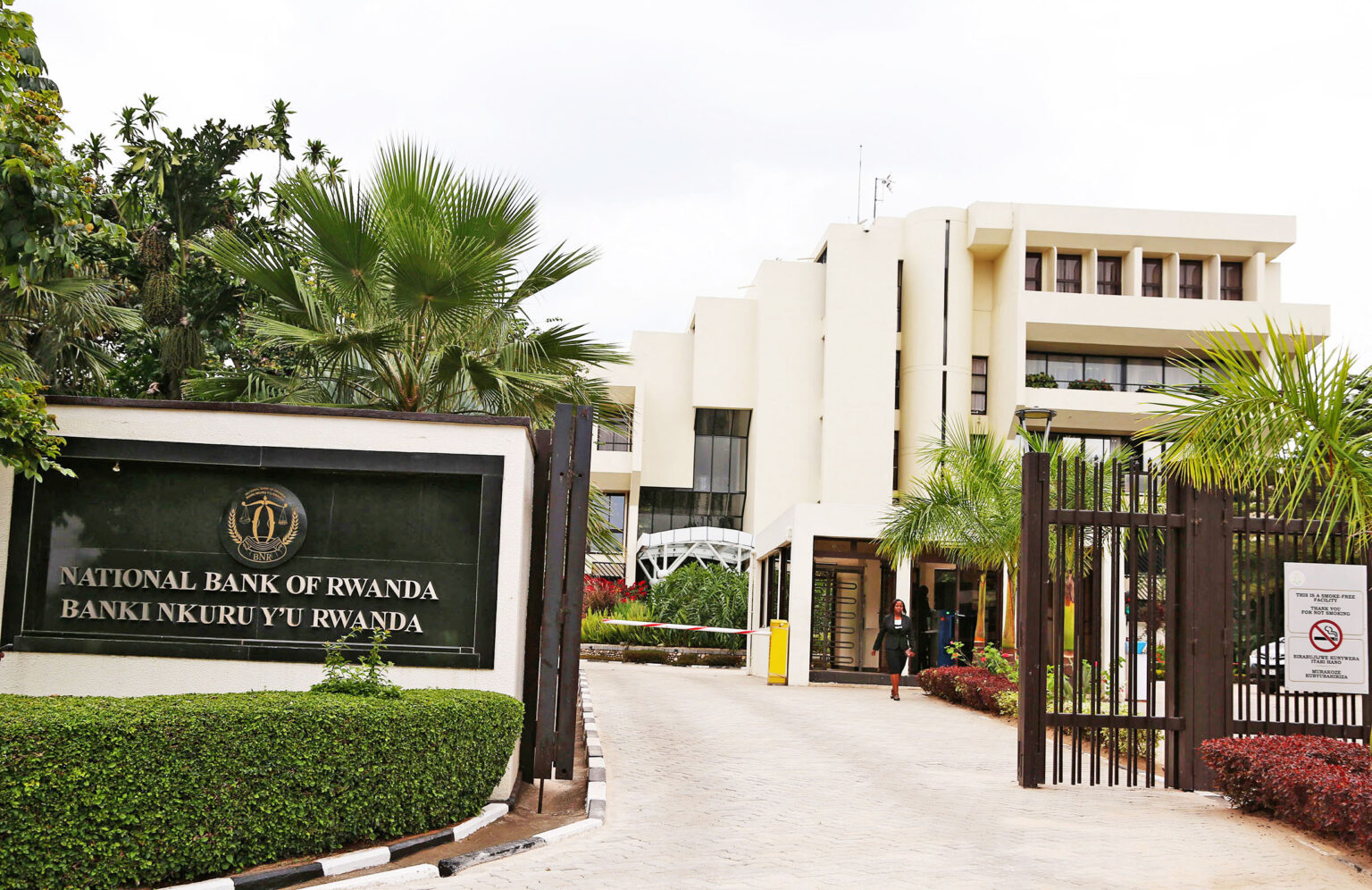- The National Bank of Rwanda has reported a surge in bank borrowers attributable to intensified awareness campaigns, and the introduction of innovative products.
- The regulator reports a 40 per cent surge in the number of depositors in commercial banks.
- However, borrowers in microfinance institutions (MFIs) and Saccos experienced a 15 per cent decline.
Rwanda’s financial services industry witnessed a remarkable uptick in the number of individuals accessing loans from commercial banks, with a 39 per cent rise recorded over 12 months ending on June 30, 2023. This surge was underpinned by proactive measures instituted by the central bank to enhance financial inclusivity in an economy historically dominated by informal and traditional savings mechanisms.
Data released by the National Bank of Rwanda (NBR) reveals a substantial growth in bank borrowers, escalating from 683,851 in June 2022 to 949,778 in June 2023. In contrast, the number of borrowers in microfinance institutions (MFIs) and Savings and Credit Co-operative Societies (Saccos) experienced a 15 per cent decline, dropping from 359,741 to 306,186 during the same period.
National Bank of Rwanda reports a surge in automation
Furthermore, the National Bank of Rwanda has reported a 40 per cent surge in the number of depositors in commercial banks, reaching 4,099,866 from 2,921,349, alongside a noteworthy increase in client accounts within both banks and MFIs, escalating by 21 per cent and 15 per cent, respectively.
The NBR, in its latest annual report for the 2022–2023 financial year, attributes this surge in bank borrowers to intensified awareness campaigns, the introduction of innovative products, and the automation of banking services, which collectively attracted a broader customer base to the banking sector.
The NBR’s report underscores the stability and resilience of Rwanda’s financial system throughout the fiscal year 2022–23, attributed to a range of regulatory measures, supervision frameworks, and risk mitigation strategies implemented by the bank. These initiatives aimed to safeguard against systemic risks that could potentially trigger financial crises and disrupt broader economic stability.
Comparatively, Kenya has made significant strides in expanding access to formal financial services within the region, with 84 per cent of its population now holding accounts with formal financial institutions, according to FSD Kenya. Similarly, Tanzania has witnessed a notable increase in the proportion of adults accessing formal financial services, as the Bank of Tanzania (BoT) reported.
In Uganda, 66 per cent of the adult population opted to save their funds in formal deposit-taking institutions by 2021, including banks, MFIs, and savings and credit institutions, according to Uganda’s National Financial Inclusion Strategy (2023-2028).
The World Bank highlights Rwanda’s remarkable progress in financial inclusion, particularly in the realm of formal savings methods. Notably, there has been a significant shift from informal to formal savings practices, with a notable increase in the utilization of bank accounts for saving purposes, from 13 to 21 per cent. Additionally, long-term savings programs have further contributed to fostering a culture of financial prudence and stability among Rwandans.
As Rwanda continues its economic development and prosperity journey, the emphasis on financial inclusion remains a cornerstone of its growth strategy. The surge in new bank borrowers reflects the effectiveness of recent initiatives and signals a broader shift towards a more inclusive and accessible financial system.
Read also: Unleashing ideas: AIM Congress sets the stage for over 450 dialogue sessions
One key aspect of Rwanda’s success story lies in its concerted efforts to promote awareness and understanding of financial products and services among its population. Through targeted campaigns and educational programs, individuals are empowered to make informed decisions about their financial futures, thereby contributing to the overall stability and resilience of the economy.
Moreover, the introduction of innovative banking products has played a pivotal role in attracting a diverse range of customers to the formal banking sector. From digital banking solutions to tailored lending products, these innovations cater to the evolving needs of Rwandans, ensuring that no one is left behind in the pursuit of financial security and prosperity.
The role of microfinance institutions (MFIs) and Savings and Credit Co-operative Societies (SACCOs) in Rwanda’s financial landscape cannot be overstated. While the number of borrowers in these institutions experienced a decline, they continue to serve as vital channels for reaching underserved communities and promoting financial literacy at the grassroots level.
Looking ahead, Rwanda is poised to further enhance its financial ecosystem by expanding long-term savings programs. By encouraging individuals to plan for their futures and invest in wealth-building opportunities, these programs lay the foundation for sustainable economic growth and prosperity for generations to come.
Internationally, Rwanda’s progress in financial inclusion serves as a model for other countries striving to bridge the gap between the formal and informal financial sectors. As the country continues to implement best practices and innovative solutions, it solidifies its position as a regional leader in inclusive finance and economic development.
